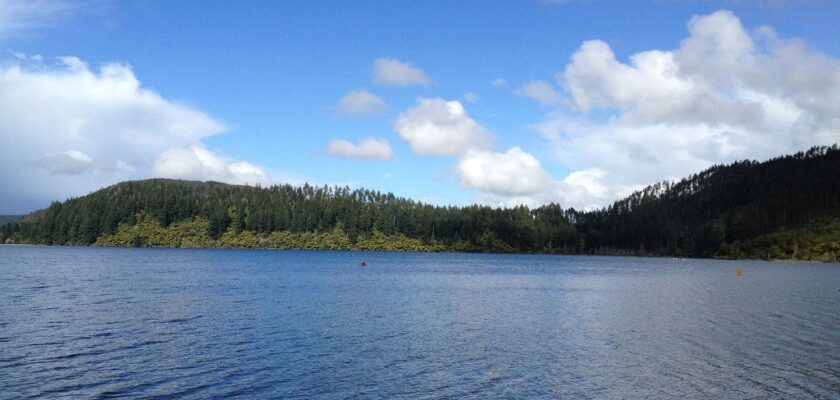Lake Rotorua
Lake Rotorua is a crater lake on North Island in New Zealand, one of New Zealand’s major tourist attractions. The lake was formed on the crater site of a large volcano that is part of the Taupo Volcanic Zone. Its last major eruption occurred about 240 thousand years ago. The area of the lake is 79.8 km². The length of the largest cross section is 12.1 km and the depth is only 10 m.
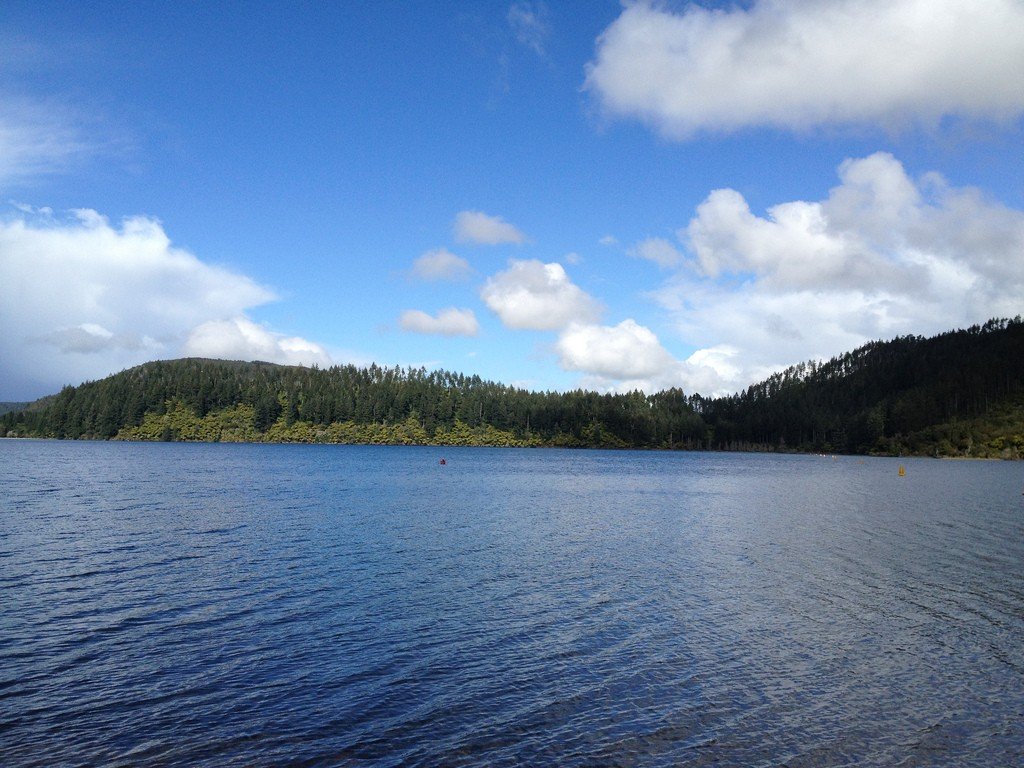
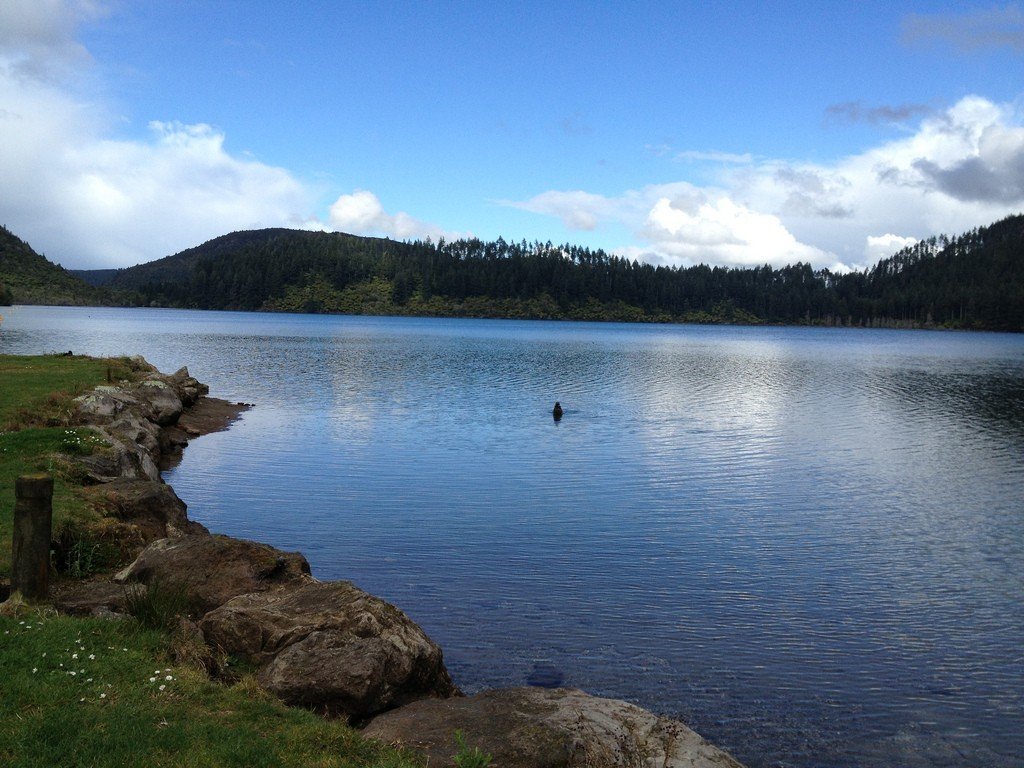
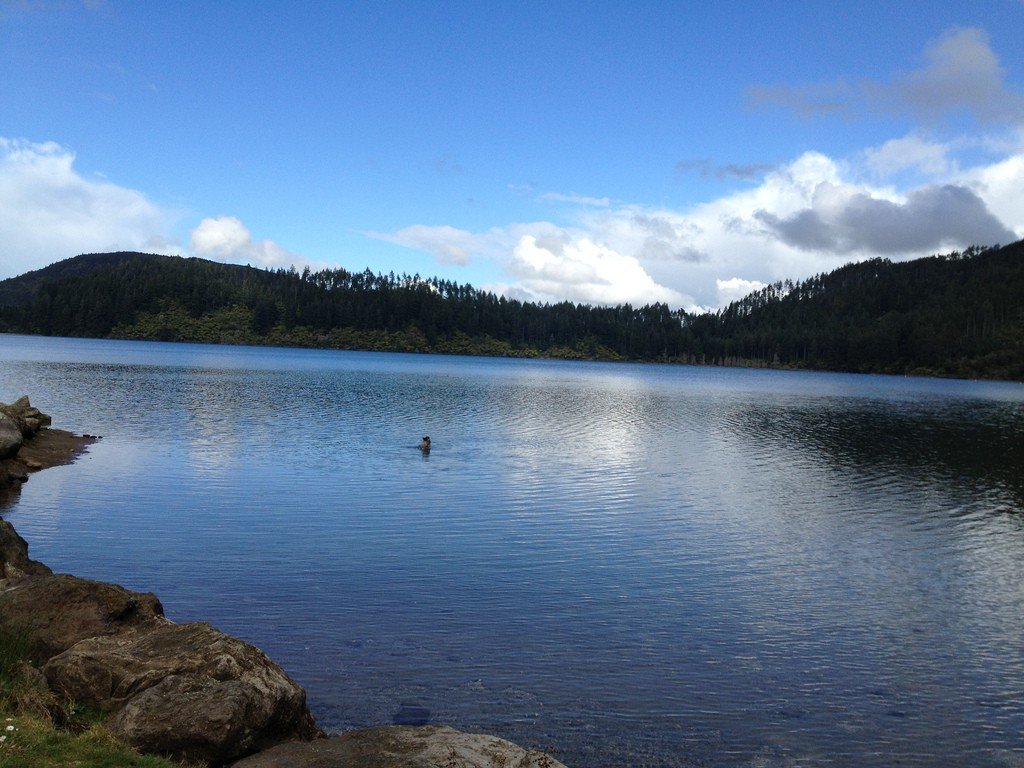
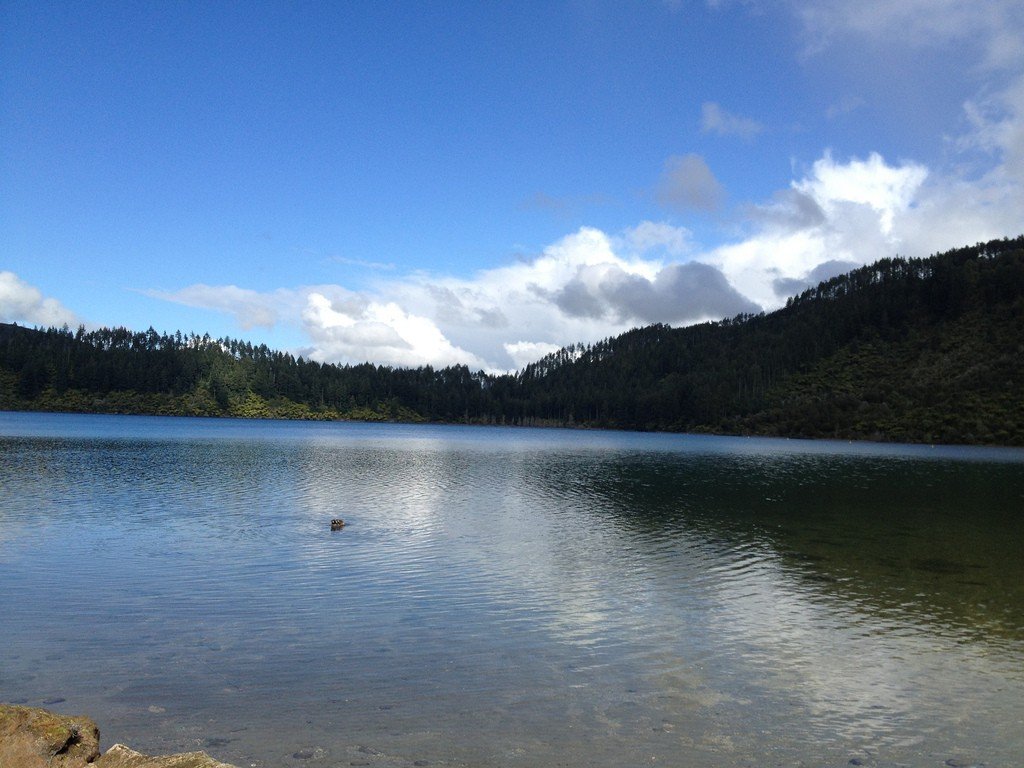
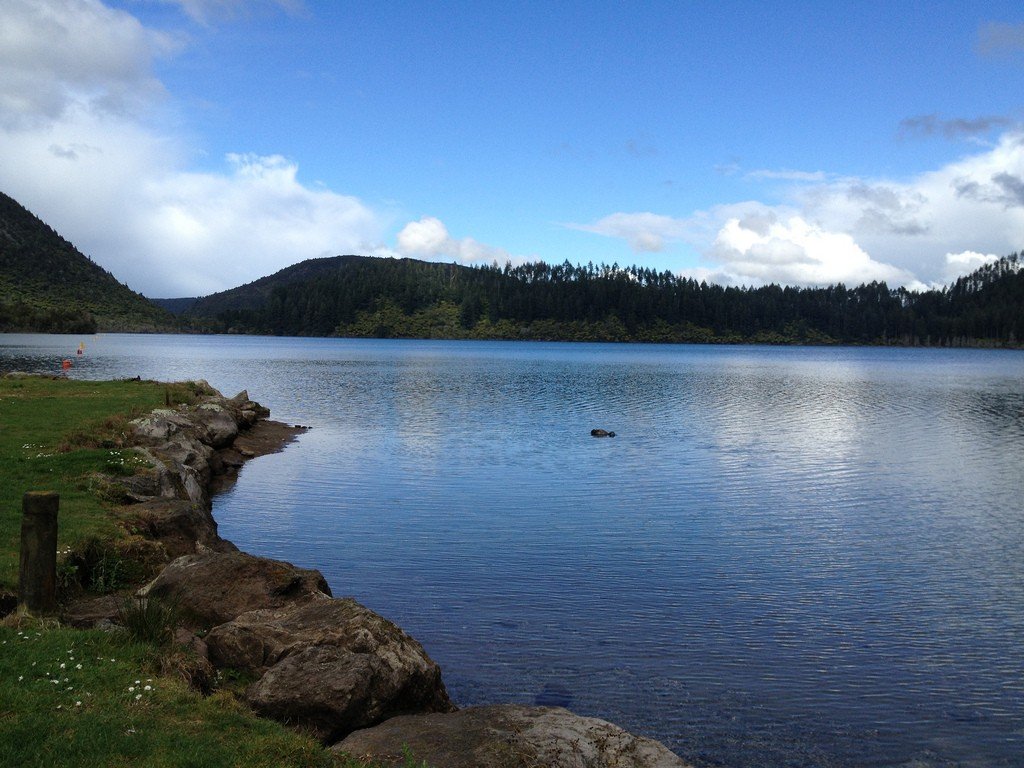
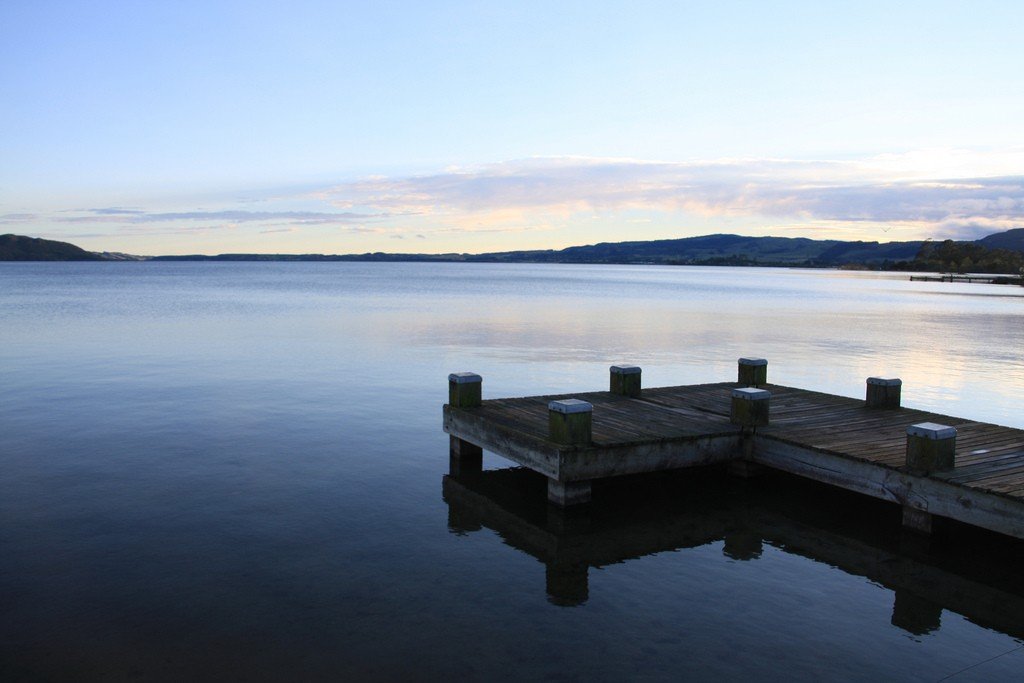
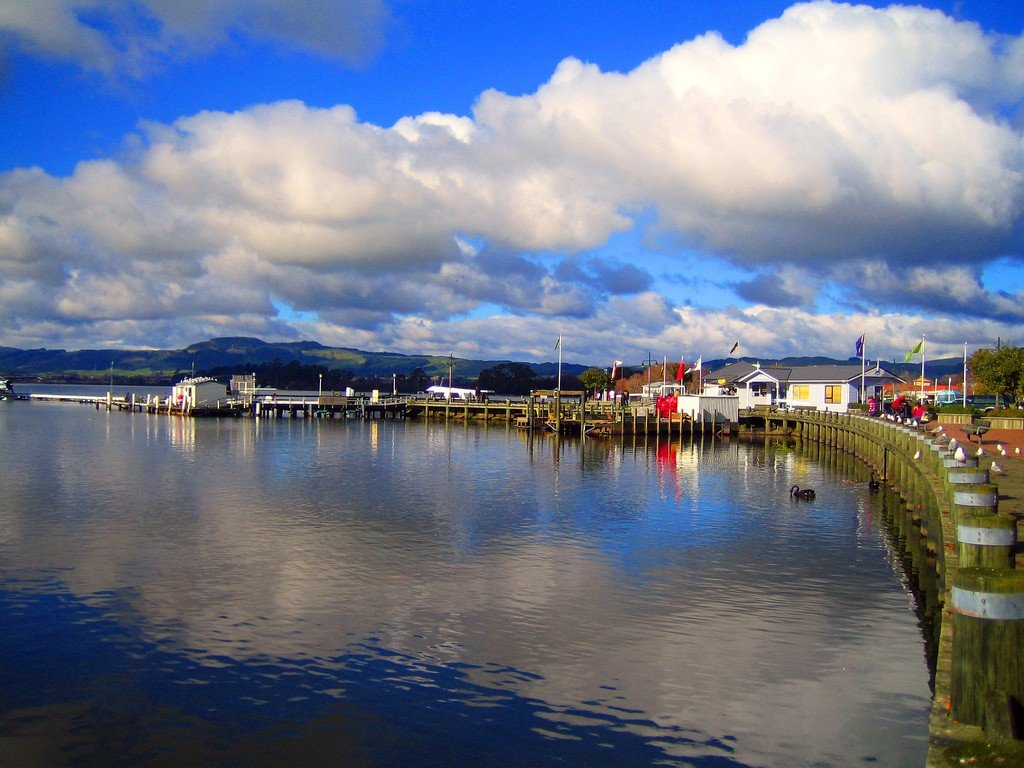
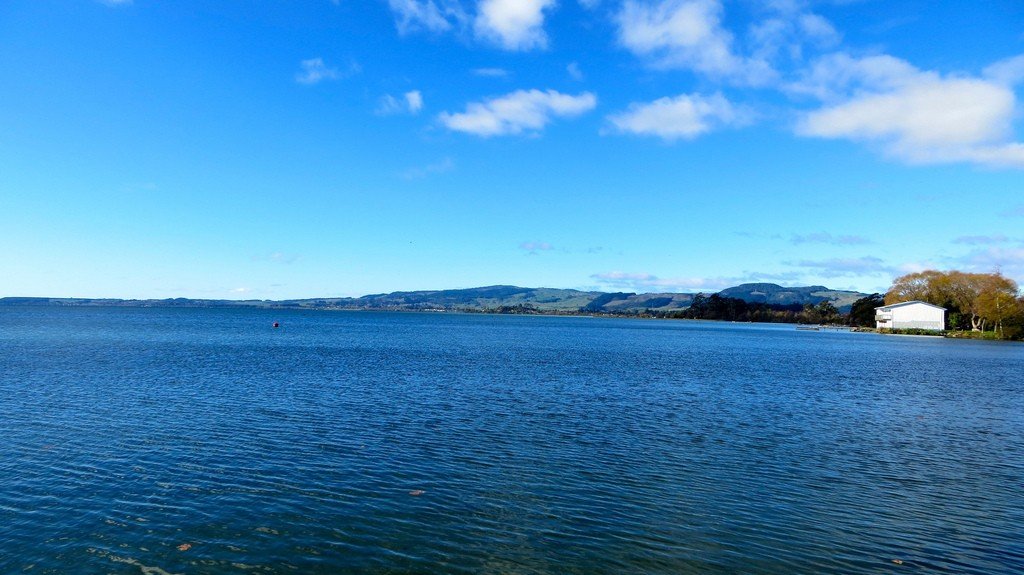
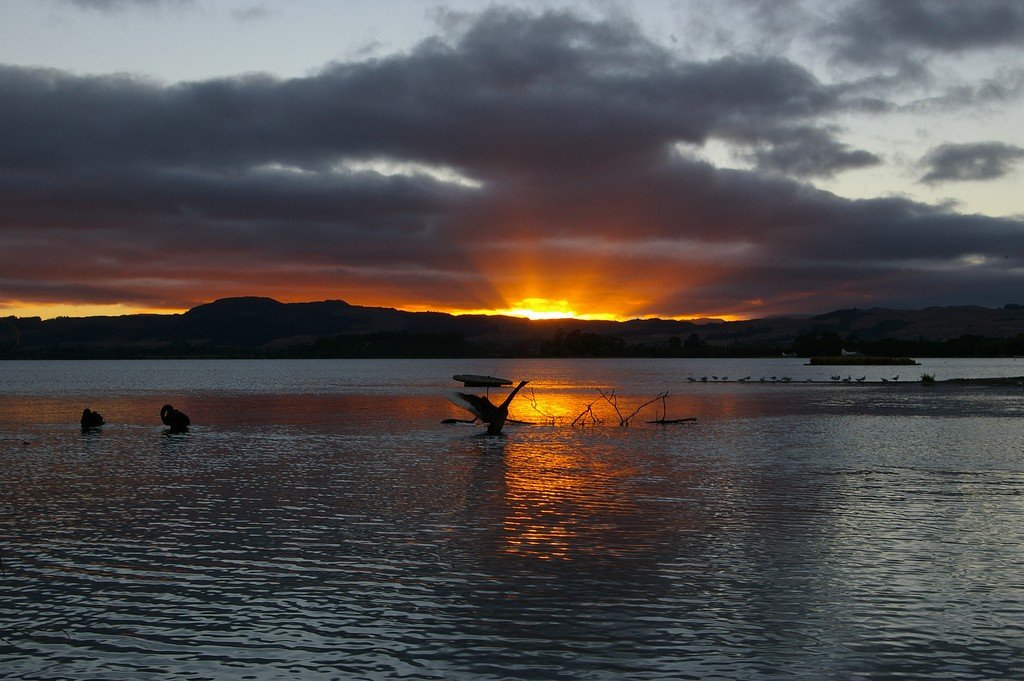
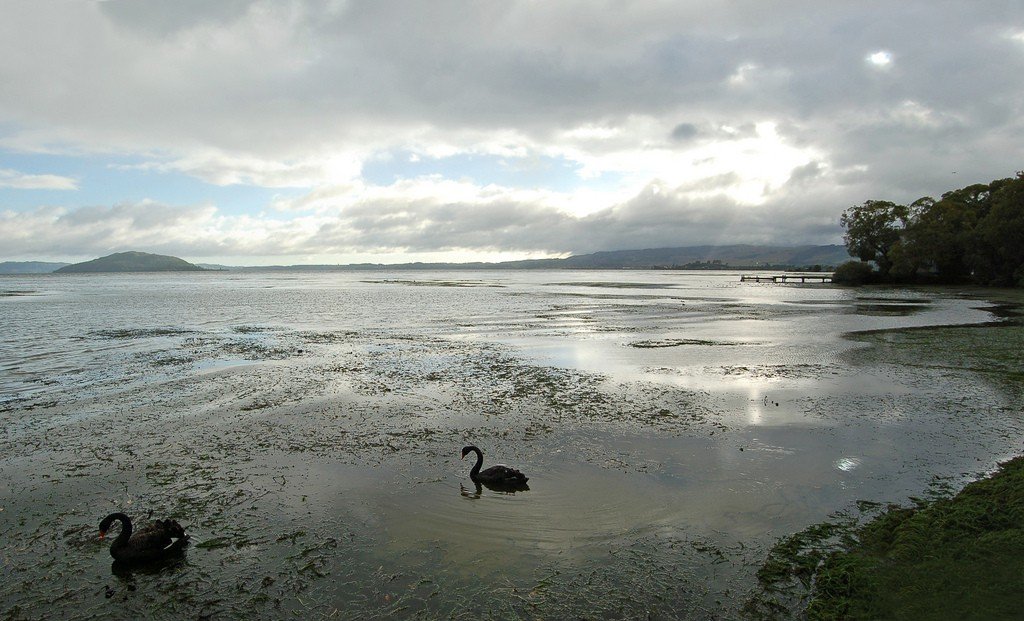
General information
Located in the thermal activity area of the same name, with over 1200 geothermal sites. Many other lakes, volcanoes, dense pine forests, hot springs and geysers can be seen in the Rotorua area.
The area is extremely important to Māori, with about a third of New Zealand’s indigenous people living here. Mokoia Island in the center of the lake is where the events of the famous Māori legend took place. The girl Hinemoa was not afraid to incur the wrath of her family and swam naked to the island to wait there for her lover in a hot spring. Unlike the famous European love stories – Romeo and Juliet, Abelard and Heloise – Hinemoa and her lover Tutanekai overcame all difficulties and lived happily ever after. You too can bathe in Hinemoa Spring and visit Arava Rock, where it is customary to make wishes.
.
The most picturesque landscape of thermal springs is in the Vhakarevareva Nature Reserve area – it’s a quaint park that feels like another planet. Here huge mud lakes boil and gurgle, clouds of steam rise from cracks in the rocks, geysers start erupting without any warning. The most interesting one is the Pohutu geyser, which throws out water at 30 meters. You can also visit a restored Maori village.
.The name Rotorua means “crater lake” in the Maori language. The full name of the lake is Te Rotoruanui a Kahumatamoemoe, in honor of Kahumatamoemoe, an ancestor of the Māori who came by Arawa canoe.
.
